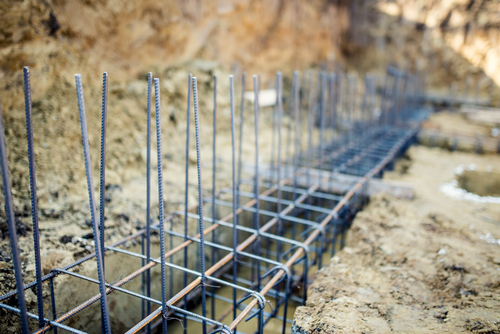
On the ECA helpline, we are frequently asked how to suitably supply outbuildings and provide correct protective conductors.
In many cases, the answers are straightforward. However, some scenarios require a bit more thought.
The first question to consider is this: what is the earthing arrangement of the primary building? The Wiring Regulations (BS 7671:2018) prohibit the use of Protective Multiple Earthing (PME) for certain locations, such as caravans and mobile homes.
Where an outbuilding contains no extraneous-conductive-parts then the issue is straightforward
Part 7 also stipulates locations where PME is not recommended, like agricultural premises. In places where PME is not allowed, then the solution is straightforward: convert the outbuilding to TT earthing.
But what if you are faced with a more conventional outbuilding installation? Unless explicitly stated in the Regulations, there is no ban on exporting PME, and the same is true of TN-S. Certain elements need to be considered and addressed beforehand. As PME is the most common earthing system in the UK, this article will focus on installations where PME conditions apply.
Are there extraneous-conductive-parts?
Where an outbuilding contains no extraneous-conductive-parts then the issue is straightforward. There are no bonding requirements, therefore the building can be supplied with a circuit-protective conductor adequate for the circuit (Regulation 543.1.3).
If the outbuilding does contain extraneous-conductive-parts, then the cable supplying the building must be adequately sized to provide a protective bonding conductor.
it may also be worth noting the cross-sectional area of the protective bonding conductors
In other words, if you have a PME supply in the primary building and are exporting this to an outbuilding, the cable supplying the outbuilding must, as a minimum, meet the protective bonding cross-sectional area requirements of the primary building.
Take a simple installation, a house, with a PME supply. If an outbuilding were to be constructed and extraneous-conductive-parts are present, the requirements of Table 54.8 of BS 7671 will apply, i.e. the circuit protective conductor (CPC) must be a minimum of 10 mm2.
What about larger buildings?
But what if we scale this up to a large factory unit, where the PME bonding requirements in the primary building require 50 mm2 main protective bonding conductors? Well, if we then supply an outbuilding, we must ensure that, if any extraneous-conductive-parts are present, we have the correct-sized protective bonding conductor: 50 mm2.
There may be other scenarios to consider, but we cannot cover all aspects of electrical design here. However, the above will hopefully give designers and installers a steer to ensure that, when working on systems with outbuildings, not only is it important to consider the cross-sectional area of the CPC, it may also be worth noting the cross-sectional area of the protective bonding conductors, too.
For more information, visit www.eca.co.uk/technical.

